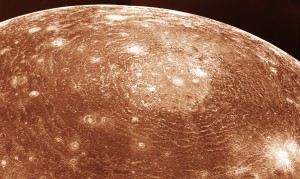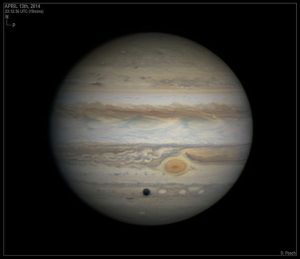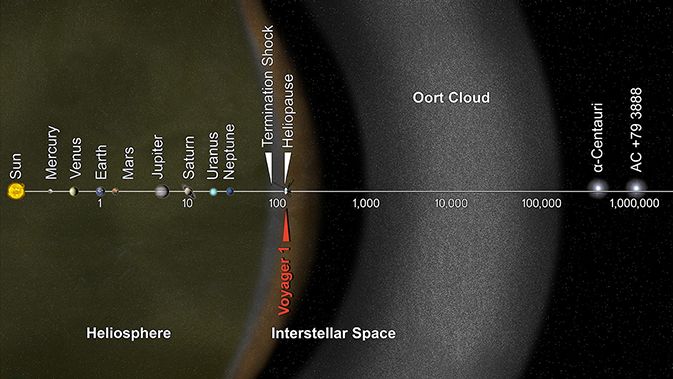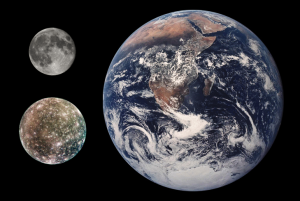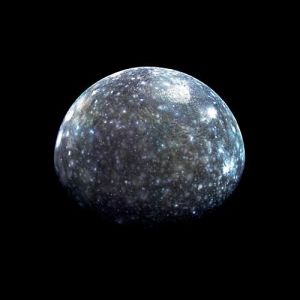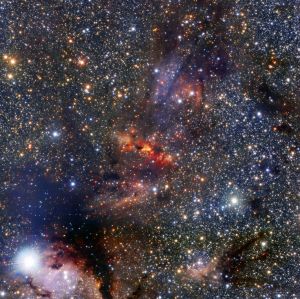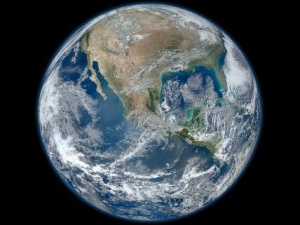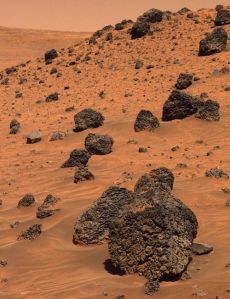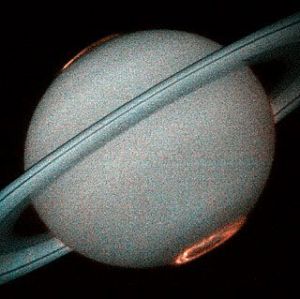Calisto (satélite)
| Calisto | |||||||
|---|---|---|---|---|---|---|---|
 El satélite Calisto por la sonda Galileo. |
|||||||
| Descubrimiento | |||||||
| Descubridor | G. Galilei S. Marius1 |
||||||
| Fecha | 7 de enero de 16101 | ||||||
| Designaciones | Júpiter IV | ||||||
| Categoría | Satélite galileano | ||||||
| Elementos orbitales | |||||||
| Longitud del nodo ascendente | 298,848 °2 | ||||||
| Inclinación | 0,192 °2 | ||||||
| Argumento del periastro | 52,643 °2 | ||||||
| Semieje mayor | 1.882.700 km2 | ||||||
| Excentricidad | 0,00742 | ||||||
| Anomalía media | 181,408 °2 | ||||||
| Elementos orbitales derivados | |||||||
| Época | J2000.0 | ||||||
| Periastro o perihelio | 1 869 000 km (periapsis) | ||||||
| Apoastro o afelio | 1 897 000 km (apoapsis) | ||||||
| Período orbital sideral | 16d 16h 32,19m | ||||||
| Velocidad orbitalmedia | 8,204 km/s | ||||||
| Satélite de | Júpiter | ||||||
| Características físicas | |||||||
| Masa | 1,075938 ± 0,000137·1023 kg3 | ||||||
| Volumen | 5,9•1010 km3 | ||||||
| Densidad | 1,8344 ± 0,0034 kg/m3 | ||||||
| Área de superficie | 7,30•107 km2 | ||||||
| Diámetro | 4820,6 ± 1,5 km | ||||||
| Gravedad | 1,235 m/s2 | ||||||
| Velocidad de escape | 2.441 m/s | ||||||
| Periodo de rotación | 16d 16h 32,19m | ||||||
| Magnitud absoluta | 5,654 | ||||||
| Albedo | 0,225 | ||||||
| Características atmosféricas | |||||||
| Temperatura |
|
||||||
| Composición |
|
||||||
| Cuerpo celeste | |||||||
| Anterior | Ganímedes | ||||||
| Siguiente | Temisto | ||||||
Calisto (del griego Καλλιστώ) es un satélite del planeta Júpiter, descubierto en1610 por Galileo Galilei.1 Es el tercer satélite más grande del Sistema Solar y el segundo del sistema joviano, después de Ganímedes. Calisto tiene aproximadamente el 99% del diámetro del planeta Mercurio, pero solo un tercio de su masa. Es el cuarto satélite galileano en cuanto a distancia a Júpiter, con un radio orbital de 1 880 000 kilómetros.2No está influido por la resonancia orbital que afecta a los tres satélites galileanos interiores —Ío, Europa y Ganímedes—, por lo que no sufre un calentamiento apreciable por fuerzas de marea, como sí ocurre en los otros tres.8Calisto tiene una rotación síncrona, es decir, su período de rotación concuerda con su período orbital, de manera que, igual que la Luna con la Tierra, siempre «muestra» la misma cara a Júpiter. La superficie de Calisto no está tan influida por lamagnetosfera de Júpiter como la de los otros satélites interiores ya que su órbita es más lejana.9
Este satélite está compuesto aproximadamente por partes iguales de roca y hielo, con una densidad media de unos 1,83 g/cm3. Los componentes detectados mediante lafirma espectral de la superficie incluyen hielo, dióxido de carbono, silicatos ycompuestos orgánicos. La investigación de la sonda espacial Galileo reveló que Calisto tiene un núcleo, compuesto principalmente de silicatos, y además, la posibilidad de la existencia de un océano interno de agua líquida a una profundidad superior a 100 kilómetros.10 11
La superficie de Calisto está repleta de cráteres y es muy antigua. No presenta señales de actividad tectónica y se piensa que su evolución se ha producido predominantemente bajo la influencia de los impactos de numerosos meteoritos a lo largo de su existencia.12 Los principales accidentes geográficos incluyen múltiples estructuras, como cráteres de impacto, grandes cuencas de impacto con múltiples anillos concéntricos (con los escarpes, crestas y depósitos a ellas asociadas) y cadenas de cráteres (catenae).12 A pequeña escala, la superficie es variada y consiste en pequeños y brillantes depósitos congelados en las cimas de las alturas, rodeadas por un litoral bajo, compuesto de material oscuro.5 La edad absoluta de los accidentes geográficos se desconoce.
Calisto está rodeado por una atmósfera extremadamente fina, compuesta de dióxido de carbono y probablemente de oxígeno molecular,6 7 además de una ionosferarelativamente fuerte.13 Se piensa que el segundo satélite mayor de Júpiter se formó por una «lenta» acreción del remolino de materia que rodeó Júpiter después de su formación.14 Esta lentitud y la falta de fuerzas de marea evitaron una rápidadiferenciación química. La también lenta convección en el interior de Calisto, que empezó poco después de su formación, ha producido una diferenciación química parcial y aporta la posibilidad de un océano interior a una profundidad de 100 a 150 kilómetros, así como un pequeño núcleo rocoso.15
La probable presencia de un océano líquido bajo la superficie de Calisto indica que puede o podría haber albergado vida.16 Sin embargo, esto es menos probable que enEuropa.17 Diversas sondas espaciales como la Pioneer 10 y 11 o la Galileo y la Cassinihan estudiado el satélite. Calisto está considerado el lugar más «acogedor» para una base humana en una futura exploración del sistema joviano.18
________________________________……………………….==============================
Callisto /kəˈlɪstoʊ/[8] (Jupiter IV) is a moon of the planet Jupiter. It was discovered in 1610 by Galileo Galilei. It is the third-largest moon in the Solar Systemand the second largest in the Jovian system, afterGanymede, and the largest object in the solar system not to be properly differentiated. At 4821 km in diameter, Callisto has about 99% the diameter of the planet Mercury but only about a third of its mass. It is the fourth Galilean moon of Jupiter by distance, with an orbital radius of about 1880000 km.[2] It does not form part of the orbital resonance that affects three inner Galilean satellites—Io, Europa and Ganymede—and thus does not experience appreciable tidal heating.[9] Callisto’s rotation is tidally locked to its revolution around Jupiter, so that the same hemisphere always faces inward; Jupiter appears to stand nearly still in Callisto’s sky. It is less affected by Jupiter’smagnetosphere than the other inner satellites because of its more remote orbit, located just outside the gas giant’s main radiation belt.[10][11]
Callisto is composed of approximately equal amounts of rock and ices, with a meandensity of about 1.83 g/cm3, the lowest density and surface gravity of Jupiter’s major moons. Compounds detected spectroscopicallyon the surface include water ice, carbon dioxide, silicates, and organic compounds. Investigation by the Galileospacecraft revealed that Callisto may have a small silicate core and possibly asubsurface ocean of liquidwater at depths greater than 100 km.[12][13]
The surface of Callisto is the oldest and most heavily cratered in the whole solar system.[14] It does not show any signatures of subsurface processes such as plate tectonics or volcanism, with no signs that geological activity in general has ever occurred, and is thought to have evolved predominantly under the influence ofimpacts.[15] Prominent surface features include multi-ring structures, variously shaped impact craters, and chains of craters (catenae) and associated scarps, ridges and deposits.[15] At a small scale, the surface is varied and made up of small, sparkly frost deposits at the tips of high spots, surrounded by a low-lying, smooth blanket of dark material.[4] This is thought to result from the sublimation-driven degradation of small landforms, which is supported by the general deficit of small impact craters and the presence of numerous small knobs, considered to be their remnants.[16] The absolute ages of the landforms are not known.
Callisto is surrounded by an extremely thin atmosphere composed of carbon dioxide[6] and probably molecular oxygen,[7] as well as by a rather intenseionosphere.[17] Callisto is thought to have formed by slowaccretion from the disk of the gas and dust that surrounded Jupiter after its formation.[18] Callisto’s gradual accretion and the lack of tidal heating meant that not enough heat was available for rapid differentiation. The slow convection in the interior of Callisto, which commenced soon after formation, led to partial differentiation and possibly to the formation of a subsurface ocean at a depth of 100–150 km and a small, rocky core.[19]
The likely presence of an ocean within Callisto leaves open the possibility that it could harbor life. However, conditions are thought to be less favorable than on nearby Europa.[20] Various space probes from Pioneers 10 and 11 to Galileo andCassini have studied Callisto. Because of its low radiation levels, Callisto has long been considered the most suitable place for a human base for future exploration of the Jovian system.[21]
FUENTE:
